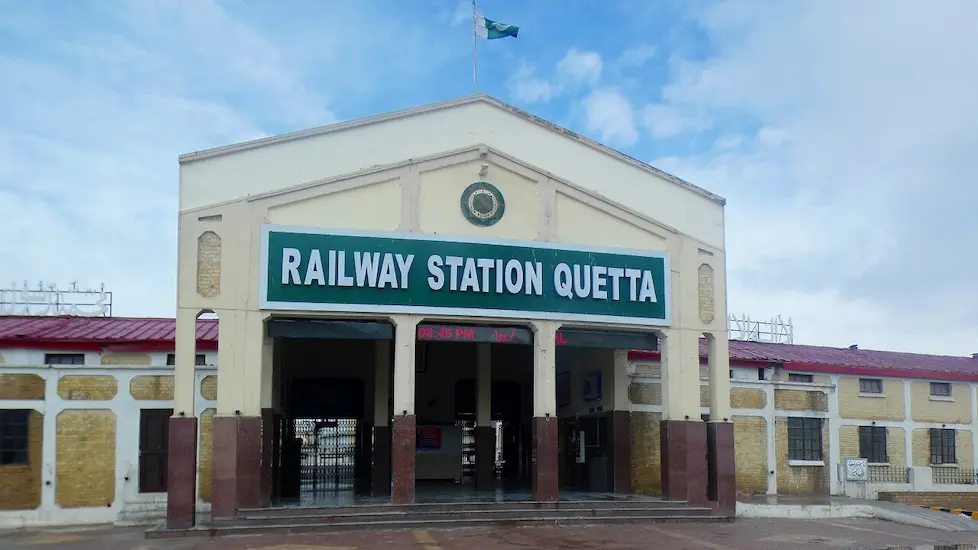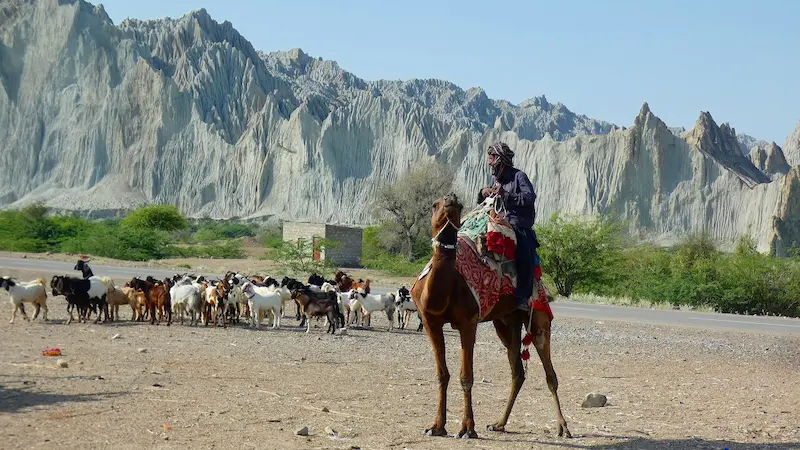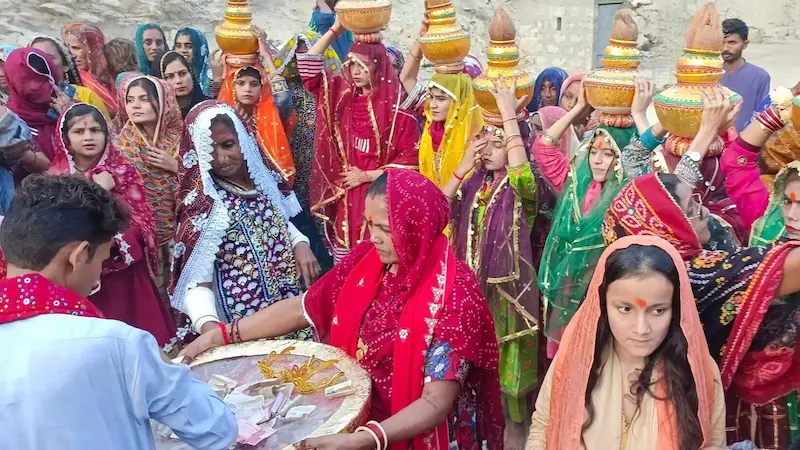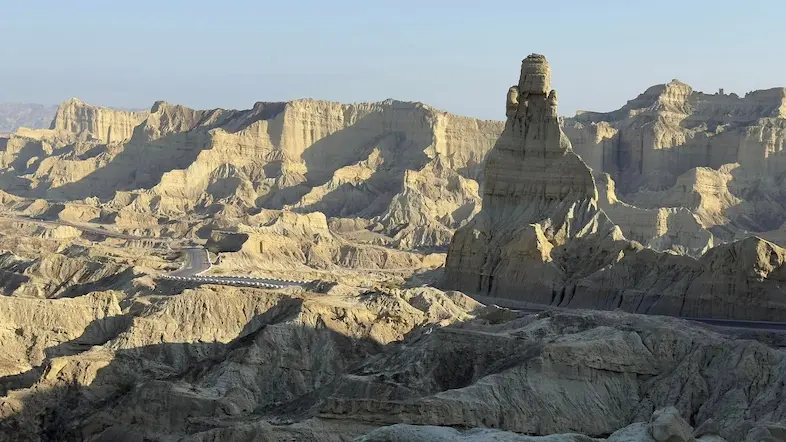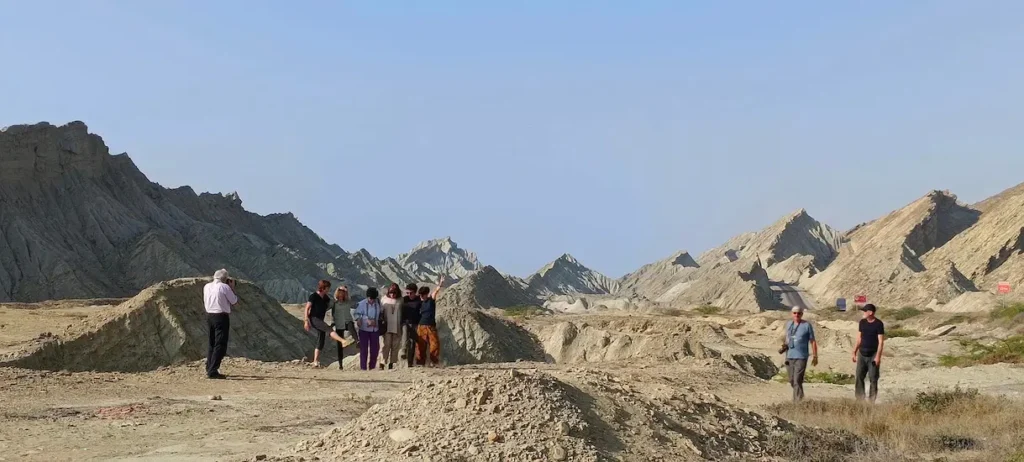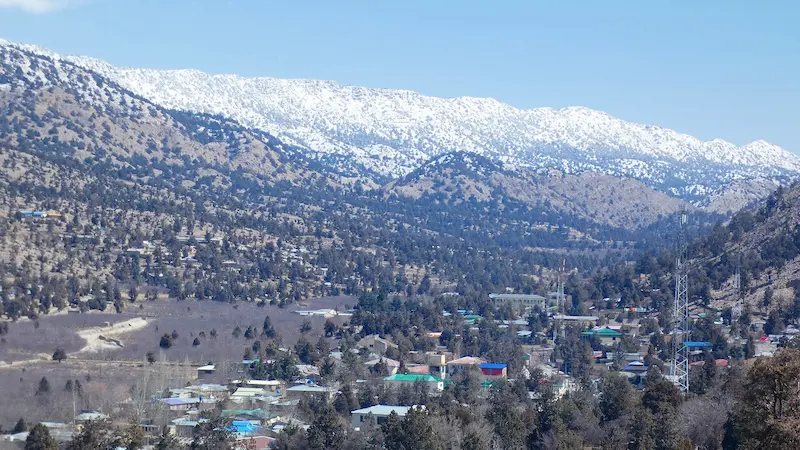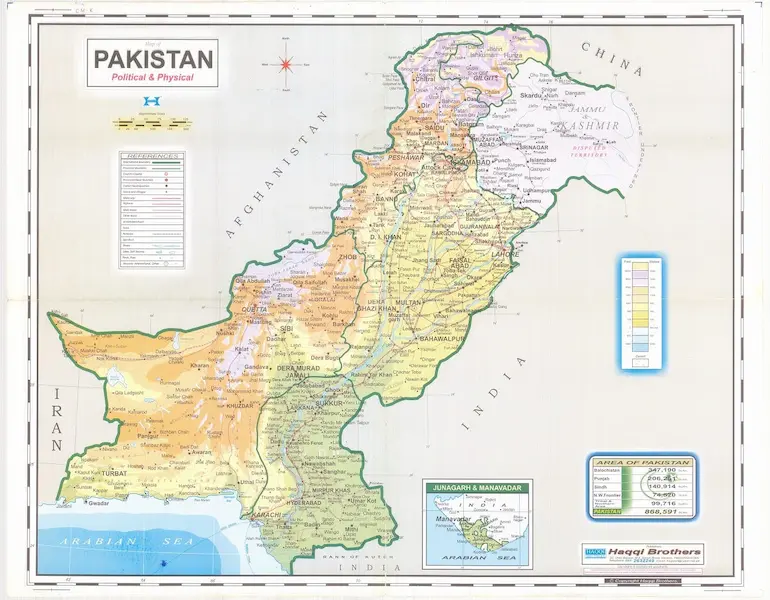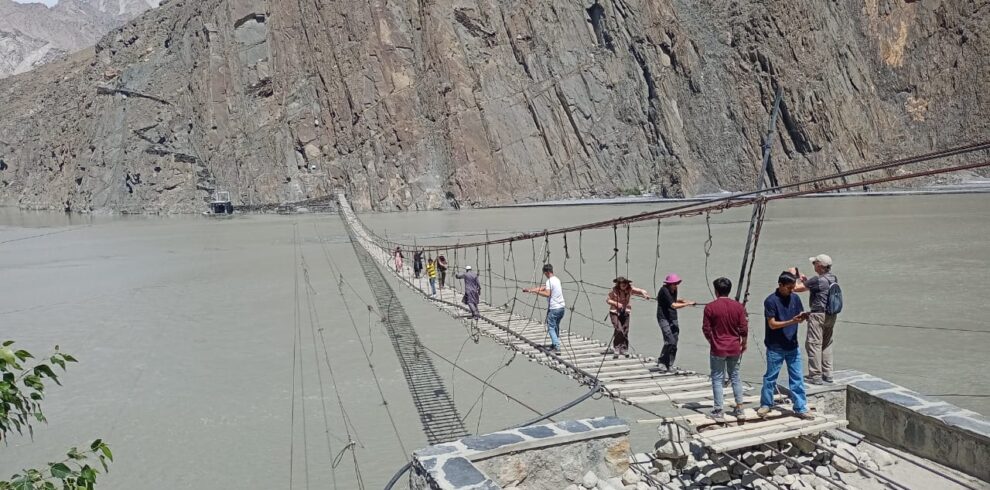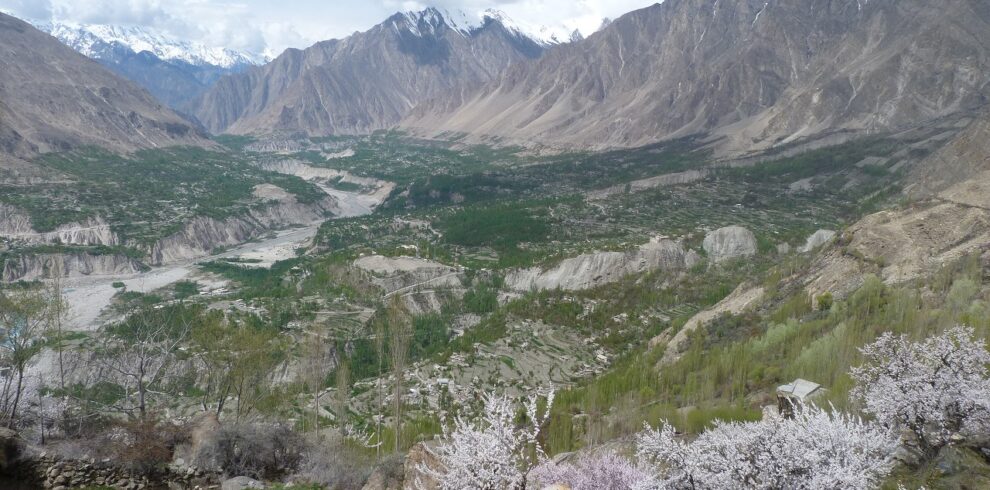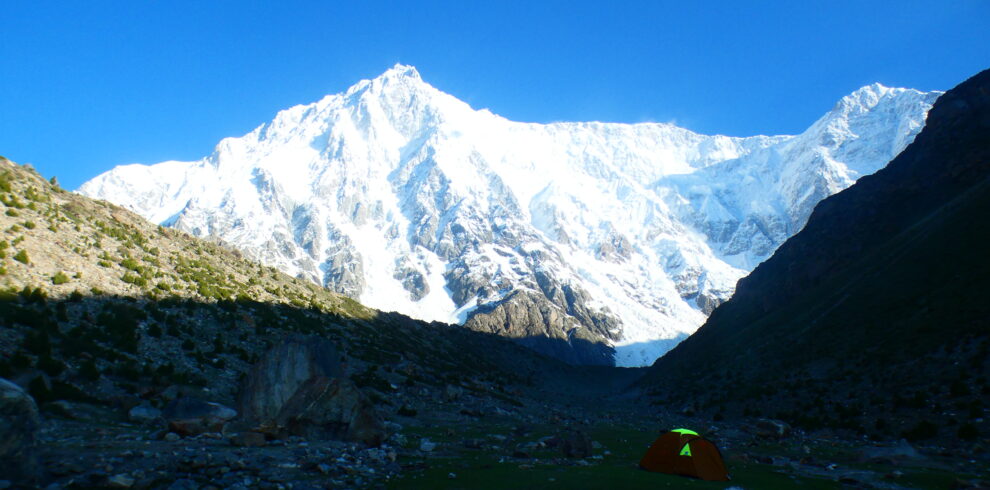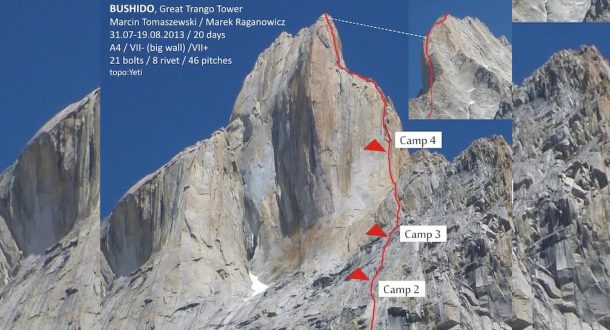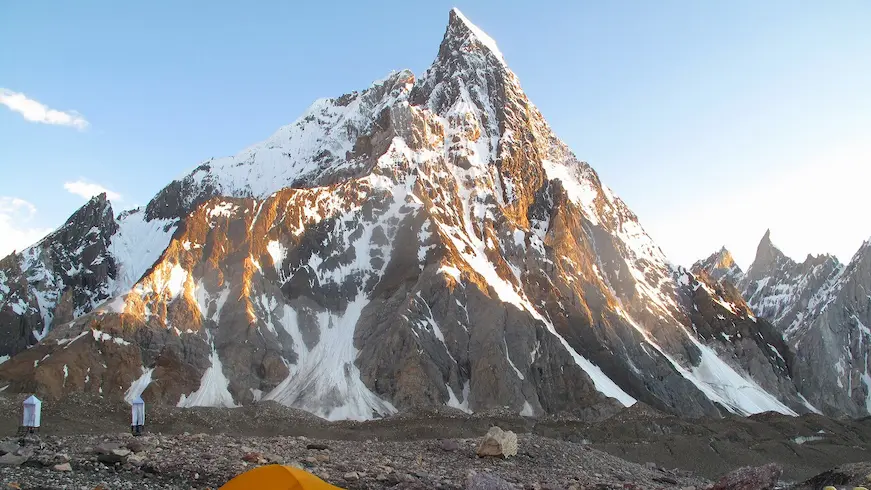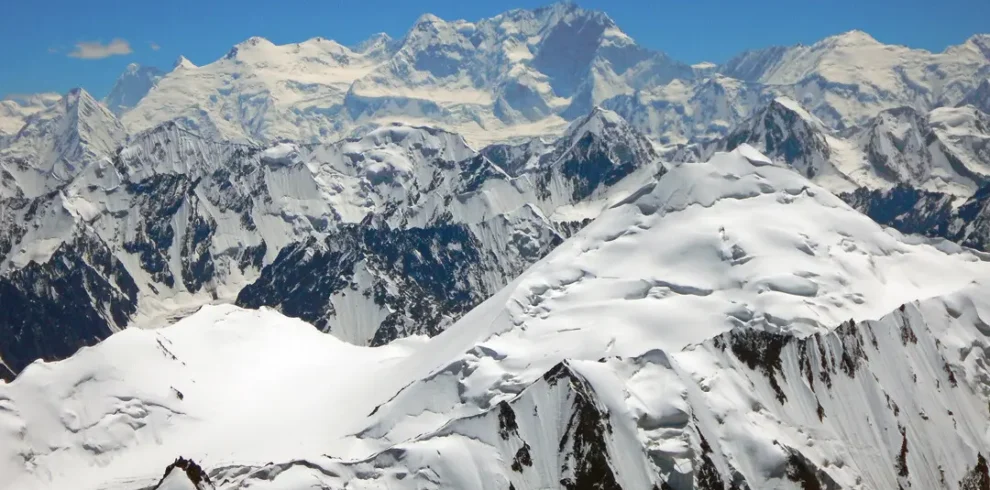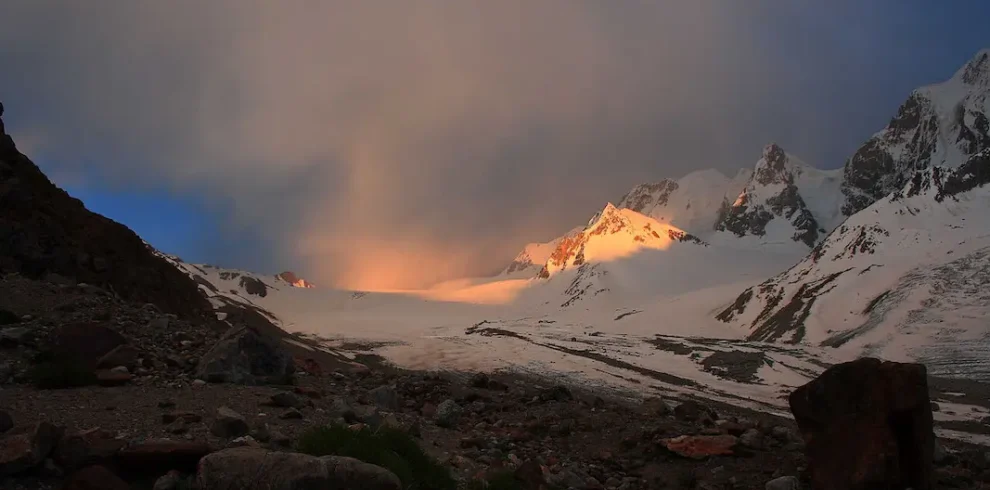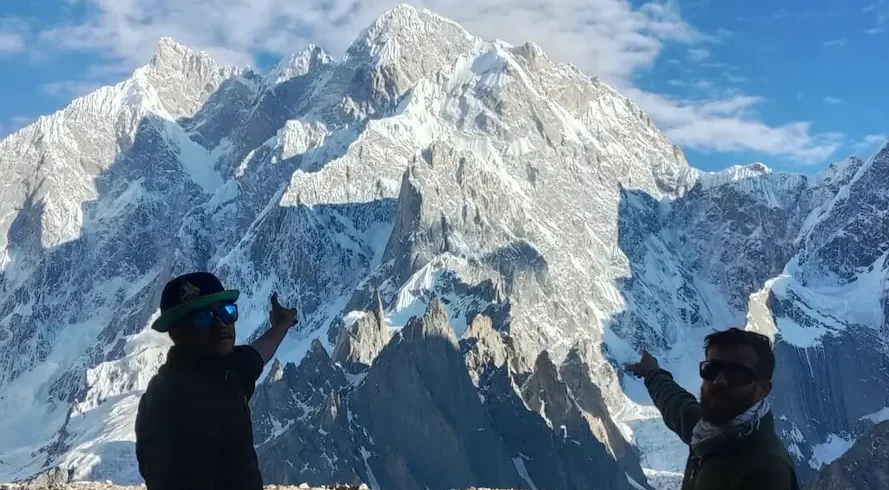-
2-3 stars hotels (in some places best available)
-
Karachi
-
Karachi
-
Guided
-
English
-
Breakfast, lunch and dinner (normally included)
-
Yes
-
Car or Van/ grand Cabin 13 seats or Coaster/minibus, 21seats
-
18
-
75
Explore Balochistan Tour
Baluchistan is a region that spans across southwestern Pakistan, southeastern Iran, and southern Afghanistan. It is the largest province of Pakistan and is characterized by its diverse geography, including mountains, deserts, and a coastline along the Arabian Sea. The region is home to the Baloch people, who have their own distinct language and culture. Baluchistan is known for its varied landscapes. The province includes the rugged and mountainous terrain of the Sulaiman and Toba Kakar ranges, the vast Chagai desert, and the coastal areas along the Arabian Sea. The Baloch people, who primarily inhabit the region, have a rich cultural heritage. They have their own language, Balochi, and their traditional customs and dress reflect their nomadic lifestyle and historical influences. The region has tourism potential due to its unique landscapes and cultural heritage. However, security concerns have limited the development of the tourism industry in Baluchistan. Please keep in mind that you need a special permit (NOC) to visit Baluchistan, which you may obtain from the Home Department in Quetta.
Quetta, the capital city of Baluchistan, is known for its scenic beauty and serves as a gateway to various tourist destinations in the province. Quetta is situated at an altitude of over 1,600 meters (5,250 feet) above sea level, surrounded by mountains. The city is located in a natural basin near the borders with Afghanistan and Iran. It has a high-altitude desert climate, characterized by cold winters with snowfall and relatively mild summers. The city is known for its pleasant weather during the summer months. It is home to various ethnic groups, including Pashtuns, Baloch, and Hazaras. The city’s cultural diversity is reflected in its markets, traditions, and festivals. Some places to visit around Quetta are:
- Quaid-e-Azam Residency
- Ziarat
- Hanna Lake
- Kan Mehtarzai Railway Station
- Askari Family Park
- Quetta Museum
- Quetta Bazaars
- Hazarganji Chiltan National Park
- The Urak Valley
- Bolan Pass
- Makran Coastal Highway
The Makran Coastal Highway is a significant road in Pakistan that runs along the southwestern coast of the country, connecting the cities of Karachi and Gwadar. The Makran Coastal Highway extends for approximately 653 kilometers (406 miles) along the Arabian Sea coastline, passing through the province of Balochistan. It starts in Karachi, the largest city in Pakistan, and ends in Gwadar, a strategic port city near the Iranian border. The highway is known for its scenic views of the Arabian Sea on one side and rocky mountains on the other. The journey provides travelers with breathtaking landscapes, especially during sunrise and sunset.
The Makran Coastal Highway plays a crucial role in connecting various towns and cities along the coastline, including Ormara and Pasni. It has significantly improved the transportation infrastructure in the region. The highway is a vital link to Gwadar Port, a deep-sea port that holds strategic importance for trade and economic development. Gwadar is a key component of the China-Pakistan Economic Corridor (CPEC), enhancing connectivity and trade opportunities in the region.
Hingol National Park is situated in the southwestern part of Pakistan, spanning across the Makran coastal region, approximately 190 kilometers west of Karachi. The park is known for its diverse and unique landscapes, including mountains, desert, and a coastal strip along the Arabian Sea. It is home to a variety of wildlife, including the Persian leopard, Balochistan bear, Indian pangolin, and various species of birds. The park also contains a large number of plant species. It is famous for its mud volcanoes, and visitors can witness these natural phenomena. The Hinglaj Mata temple, a Hindu pilgrimage site, is also located within the park. The Hingol River flows through the park, creating a picturesque landscape and serving as a significant water source for the diverse flora and fauna within the park. One of the notable rock formations in Hingol National Park is the “Princess of Hope,” a natural rock sculpture that gained attention for its unique shape.
Mud volcanoes are geological features found in Baluchistan. These natural phenomena are often associated with releasing pressurized gas and fluids from beneath the Earth’s surface. Mud volcanoes are characterized by the eruption of mud, water, gases, and sometimes rocks or debris. In the Baluchistan region of Pakistan, mud volcanoes are created by the subduction of the Arabian Plate beneath the Eurasian Plate, releasing pressurized fluids and gases. The mud volcanoes in this region are often associated with hydrocarbon reserves and can sometimes exhibit spectacular eruptions. Chandragup is one of the most well-known mud volcanoes in the region, located near the town of Wam in the Hingol National Park. Tourists and geology enthusiasts visit the area to witness these unique geological formations and the natural processes associated with them.
Higlights
- Hingol National Park Discover Pakistan’s largest national park, featuring unique landscapes, wildlife, and the famous Princess of Hope rock formation.
- Gwadar Visit the emerging port city on the Arabian Sea, known for its pristine beaches, deep-sea port, and scenic coastal drive.
- Kund Malir Beach Relax on this stunning, untouched beach along the Makran Coastal Highway, offering clear blue waters and serene views.
- Ziarat Explore the beautiful hill station of Ziarat, home to centuries-old juniper forests and the historic Quaid-e-Azam Residency.
- Quetta Experience the cultural heart of Balochistan, with its bustling bazaars, traditional handicrafts, and unique cuisine.

